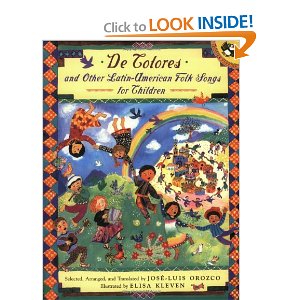I have been mulling over the issue of socialization the past few days, namely: Am I doing enough?
As a natural introvert and home-body, I have to consider this more purposefully. Cutlet also seems to take after me in this way, so I don't want to raise a child who is nervous or fearful around other people. I know it will always be more difficult for him to break down the communication barrier; therefore I must ponder such things.
How much time should be devoted to this "subject" each week?
What is the ideal way to allow my kids social interaction?
Is a group dynamic more effective or important than spending time with just one or two?
How do I help them when there are difficulties in making friends?
But, really, should such a high priority be placed on this issue?!?
If I had a choice, would I rather err on the side of socialization (a lack thereof) or of education? Granted, an education actually encompasses all aspects of life, including the social aspect. And doesn't Charlotte Mason encourage us to employ a liberal education? This, to me, speaks of having small bites of everything, a smorgasbord if you will. So, if this is the case, should there be such an overbearing emphasis on the subject matter of socialization? Should having a social life take up more time than learning to read or studying great works of art or calculating numbers or studying the Bible?
Only by the help and guidance of the Lord can I rest assured that my children will get exactly what they need.
Train up a child in the way he should go,
and when he is old he will not turn from it.
Proverbs 22:6





















